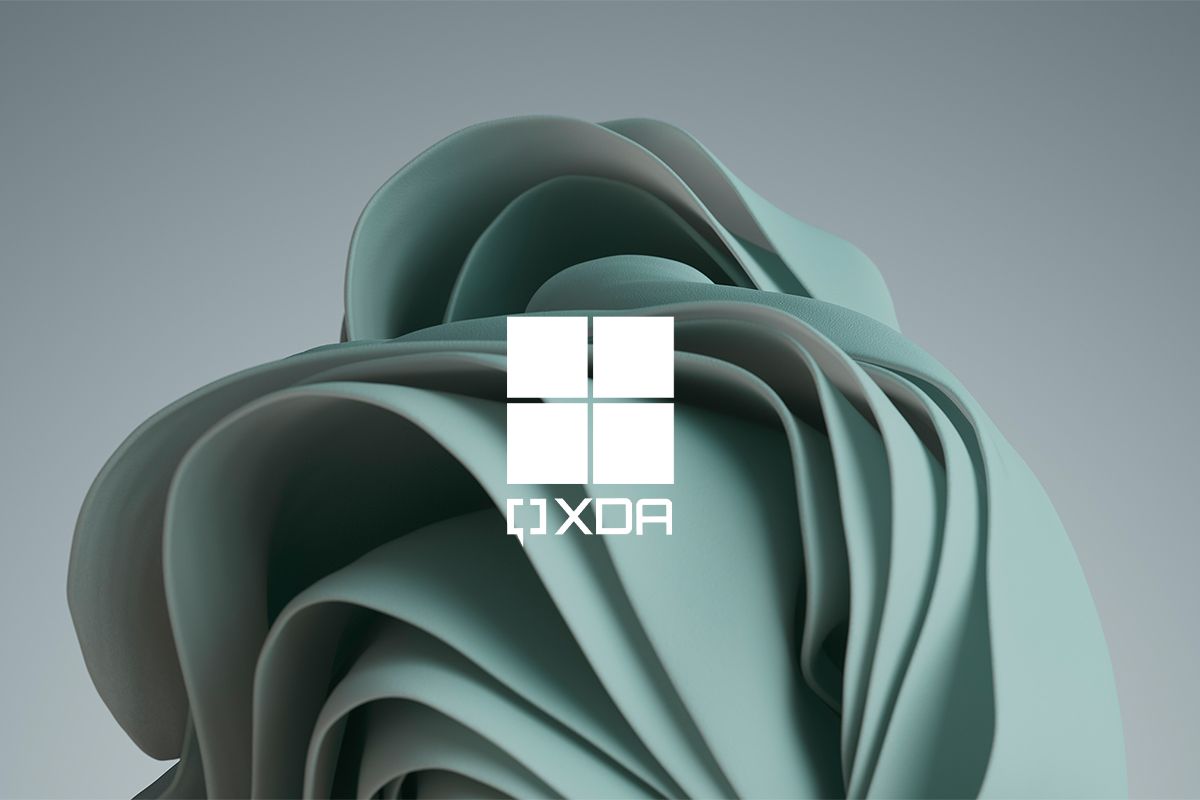Microsoft has released version 1.1 of the Windows App SDK, a set of development tools that (unsurprisingly) let you build apps for Windows 10 and 11. The initial release of the Windows App SDK came shortly after Windows 11 was launched, and it's a way to bring together modern visuals and features as well as traditional Win32 capabilities in the same app. This new version comes with some notable improvements to make the experience even better.
Mica is a new surface material Microsoft introduced with Windows 11, and it allows your desktop background to softly shine through the app, adding a bit of color to the UI. While the initial release of the Windows App SDK came after Windows 11 was already out, you couldn't build apps that used the new Mica material this way. Along with this, the WinUI 3 gallery in the Windows App SDK has new samples, new controls, and a refreshed interface to align more with Windows 11 design principles.
Another major improvement is the ability to make apps that require elevation (meaning they need to be run as an administrator), which was a limitation of the original release. Additionally, apps packaged using the MSIX format, sparse-packaged apps, and unpackaged apps can also send Windows toast notifications now, including when the app isn't running. That means apps have a way to alert users even when the app isn't being used.
Microsoft has also made performance improvements for apps that use C# thanks to updates in the WinRT interop layer. Microsoft says a simple "Hello World" app can see startup times up to 9% faster, and you should also see big improvements when using dependency properties in WinUI 3 apps.
On the developer side, it's now possible to set an app to automatically restart when it closes due to an update or crash. Additionally, you can set recovery options so the app can bring users back to where they were before the app unexpectedly closed.
Other changes include improved bootstrapper APIs, support for self-contained apps (i.e. apps that contain the required Windows App SDK dependencies to use them), and the ability to change environment variables without having to use the registry API directly. Microsoft has also introduced a new windowing API that makes it possible to set the z-order of your app windows. Finally, Microsoft announced that the Template Studio for WinUI (C#) is now available in the Visual Studio Marketplace. This extension makes it easier to create a WinUI app using a wizard-based experience, producing "well-formed, readable code", and it's a good way to get started with WinUI development.
To install the Windows App SDK tools for development, you'll need to be using Visual Studio 2022 or 2019, and follow the instructions on this page depending on the kind of app you want to build. You should automatically be able to get the latest version of the tools this way. You can also find the full release notes here.
Source: Microsoft

